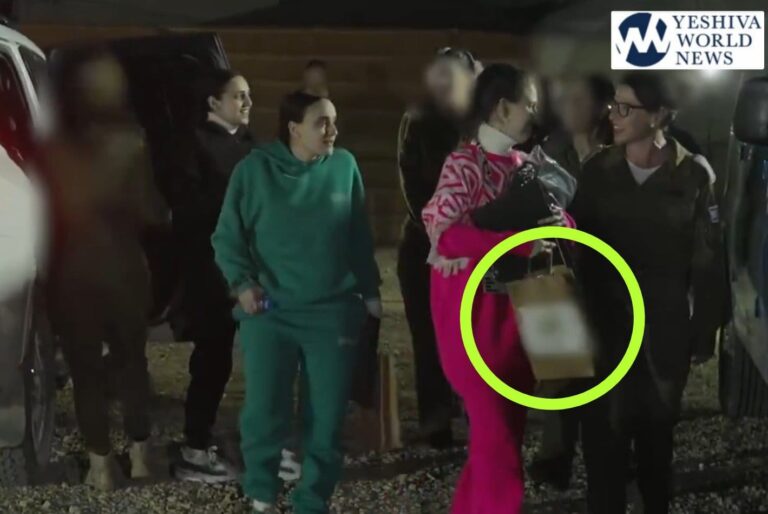 The New Jersey Office of Emergency Management, in coordination with the National Weather Service, is monitoring a major coastal storm expected to impact the State today and tomorrow. State emergency management officials anticipate coastal flooding, high wind conditions, snow, sleet, and even blizzard conditions in the northeast corner of the State. The State Emergency Operations Center will be activated at 7:00 a.m.today, and will remain open as long as necessary to meet anticipated challenging conditions.
The New Jersey Office of Emergency Management, in coordination with the National Weather Service, is monitoring a major coastal storm expected to impact the State today and tomorrow. State emergency management officials anticipate coastal flooding, high wind conditions, snow, sleet, and even blizzard conditions in the northeast corner of the State. The State Emergency Operations Center will be activated at 7:00 a.m.today, and will remain open as long as necessary to meet anticipated challenging conditions.
“This is a dangerous storm; and we ask motorists to be careful while driving. There is also the potential for downed trees and wires because of wind conditions,” said Colonel Rick Fuentes, Superintendent of the New Jersey State Police and State Director of the New Jersey Office of Emergency Management. “Tomorrow night’s evening commute will be treacherous throughout much of New Jersey.”
The following is a brief list of general winter weather preparedness tips for motorists:
In your car: All cars should be equipped with road maps or GPS, a cell phone, a shovel, a windshield scraper, a towrope, booster cables, and a brightly colored cloth to use as a distress signal. A bag of sand or non-clumping cat litter to spread under tires if stuck in snow is also recommended.
Before you go: Drivers should inform someone that they are taking a trip, where they are going, the routes that will be traveled and when they are expected to return. Upon reaching their destination, drivers should call to report arrival. If traveling a long distance, please remember to fill up on fuel prior to making your trip. While traveling, stop frequently to refill the fuel tank. The breaks will help drivers stay alert.
On the road: Follow the rules of the road and adhere to the following guidelines:
Always buckle your seat belt.
Brake properly to avoid skidding. If driving on snow or ice, start slowly and brake gently. Begin braking early when approaching an intersection.
If the vehicle starts to slide, ease off the gas pedal or brakes. Steer into the direction of the skid until regaining traction, and then straighten the vehicle. For vehicles with antilock brakes, apply steady pressure.
Visibility and speed:
o In fog, drive with headlights set on dim or use fog lights.
o In rain, fog, snow or sleet, stay within the limits of your vision. If it is too difficult to see, pull off the road and stop.
o Drive slowly and increase following distance. Vehicle speed should adjust for conditions and match the flow of traffic.
o Watch for slick spots. Be physically and mentally prepared to react.
Maintain situational awareness about weather events. Below are some tips and resources for staying in-the-know:
On the Web – Use credible websites to get information about natural hazards and emergency preparedness. The NJOEM works closely with the National Weather Service regarding storm predictions and forecasts.
National Weather Service
New Jersey Office of Emergency Management
Office of the NJ State Climatologist, Rutgers
American Red Cross
Federal Emergency Management Agency
Social Media – Social media and other advanced communications technologies are used by frequently by emergency managers statewide. Find out if your community has a “reverse 9-1-1” system or if you can opt-in for email updates from municipal officials. “Like” the NJOEM on Facebook, or follow us on Twitter.
Facebook: www.facebook.com/READYNEWJERSEY
New Jersey Office of Emergency Management on Twitter:
New Jersey State Police on Twitter:
New Jersey State Police on Nixle:
NJ Alert – NJ Alert is a free, voluntary and confidential emergency alerting system that allows NJ Office of Emergency Management officials to send E-mail or text messages to cell phones and other email enabled devices during an emergency event. Sign up for NJ Alert by logging on to:
NOAA Weather Radio – is a nationwide network of radio stations broadcasting continuous weather information directly from the nearest National Weather Service Office. NOAA Weather Radio broadcasts official Weather Service warnings, watches, forecasts and other hazard information 24 hours a day, 7 days a week. NOAA Weather Radios are typically inexpensive, easily available in stores and can often be programmed for your specific area.
Traditional Media – Continue to monitor traditional media sources – TV, newspapers and radio – to stay informed of breaking news and continued coverage of emergency events.
Connect with information sources and stay in-the-know. Learning about hazards in your area, knowing about emergency plans that have been established, and staying informed are the first steps toward being a disaster survivor, instead of a disaster victim.
(YWN Desk – NYC)










